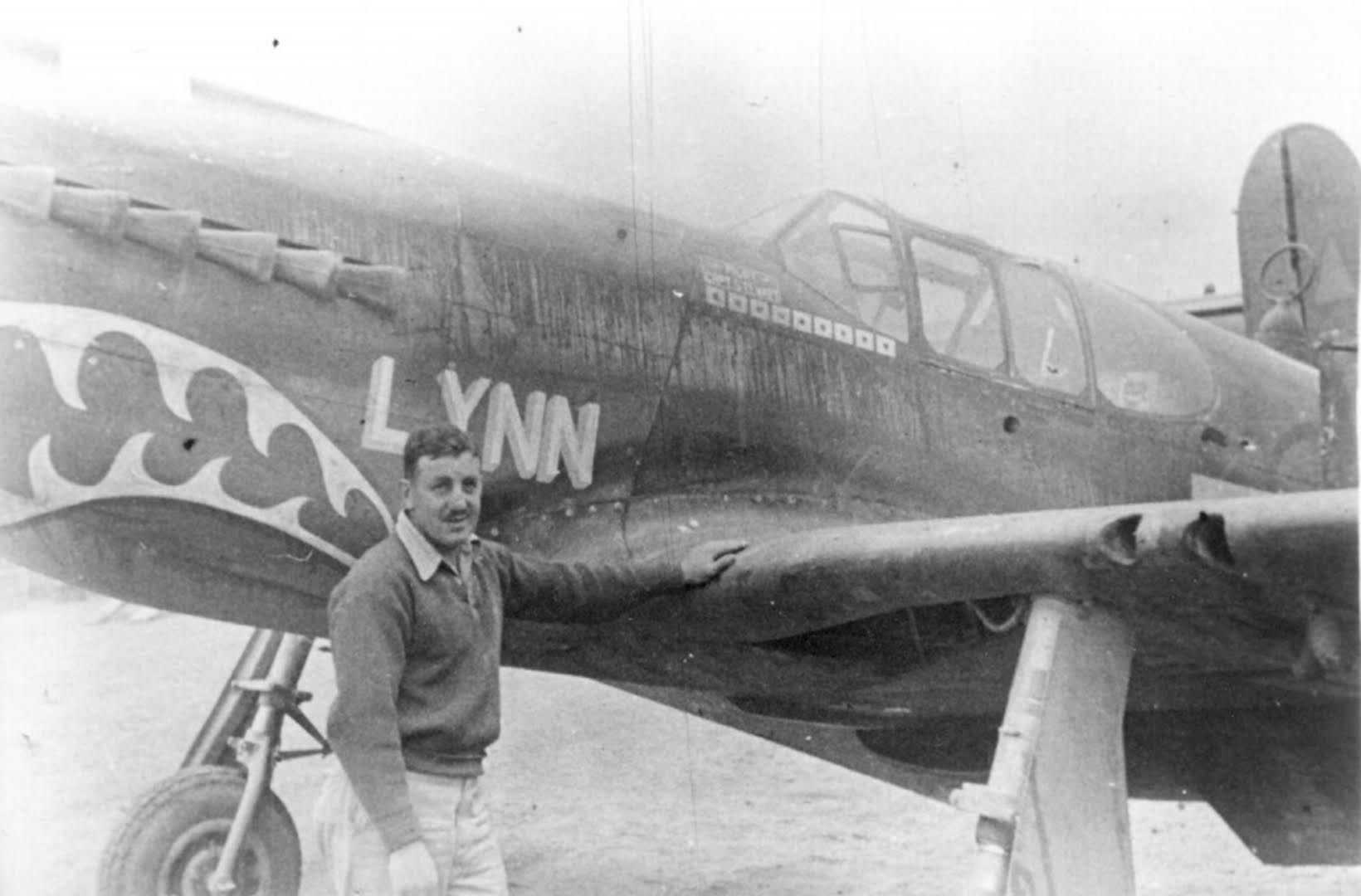Charilaos Karvelis was born in Egypt in Cairo on April 6, 1923, and his parents, Nestor and Kallirroe came from Lemnos. He studied at the Frères des écoles Chrétiennes in Cairo. During World War II he joined the Royal Hellenic Air Force (RHAF) which operated in the Middle East under the umbrella of the RAF (Royal Air Force). It was initially presented at the RHAF training center in Gaza on August 13, 1942, which was the gathering point for both airmen fleeing Greece and diaspora Greeks who wanted to join the air force. He remained there until February 10, 1943, and after his basic military training, he was selected for pilot training. The initial reception of cadet pilots took place at Hillside Camp, later called Cranborne, in Southern Rhodesia where the Initial Training Wing (ITW) training course usually lasted 6 weeks. The young Greek Egyptian was presented on February 23, 1943, and remained there until July 9, 1943. The next day he was transferred to Mount Hampden for his initial flight training at No. 28 EFTS (Elementary Flight School) with DH.82 Tiger Moth where it would be decided if he was fit to become a pilot. His first flight took place on July 12, 1943, with instructor F/O Michopoulos (RHAF) on DH.82A 8108. At this school, the Greek cadets had instructors from both the RHAF and RAF, but Michopoulos had taken over Karvelis' guidance. After thirteen hours and thirty minutes and 22 sorties, Charilaos flew his first solo on August 4 with DH.82A 8108, preceded two days earlier by the pre-solo evaluation by Squadron Leader Flett, with DH.82A 7670. After 84 hours and 20 minutes of flying to his credit, ...
For more details please click the following link:
Greek Version







































Recent Comments